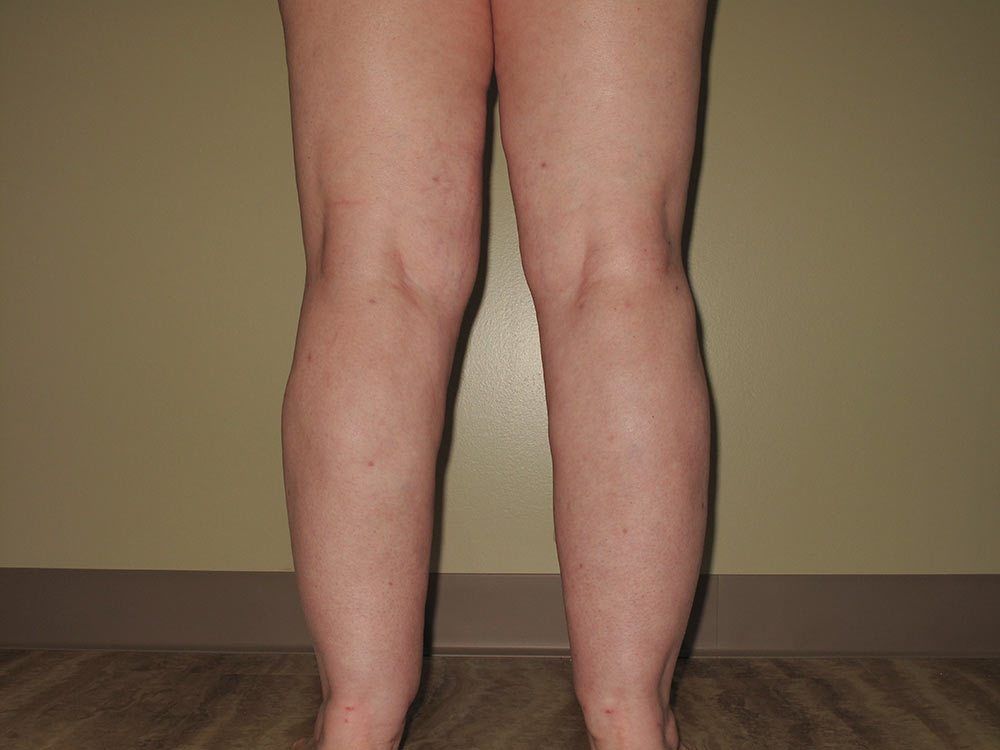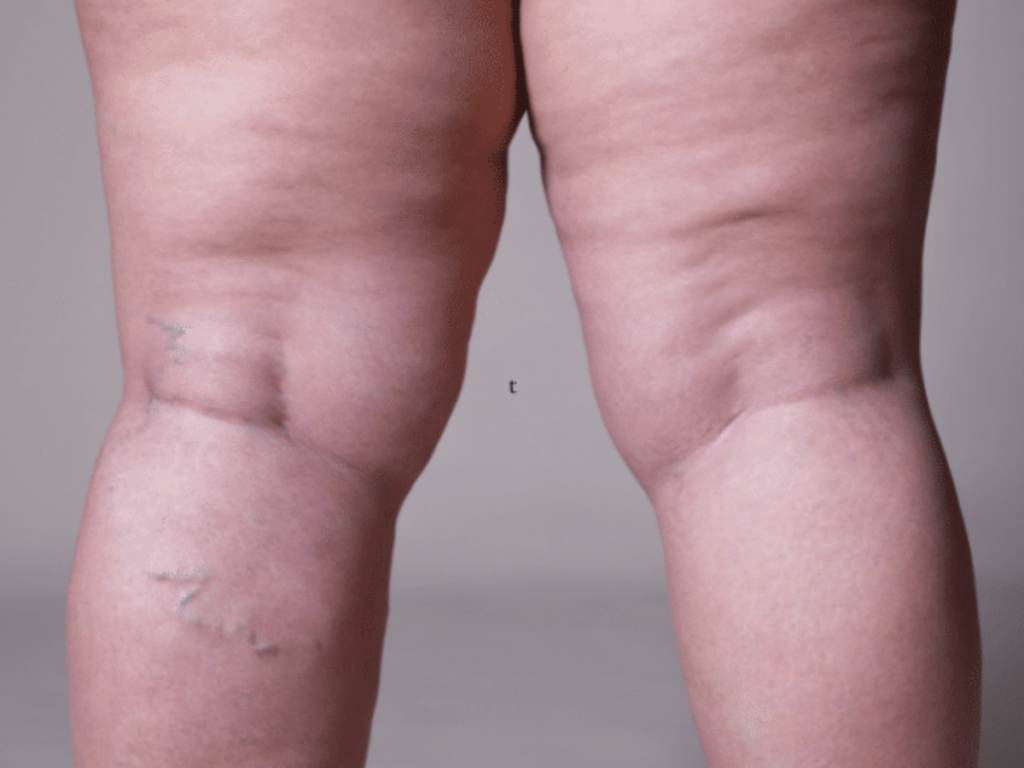If you’ve come across this blog post, you’ve either been diagnosed with Lipedema or are trying to learn more about it. Unfortunately, Lipedema isn’t talked about enough in the medical world and that needs to change. One main obstacle we need to overcome is the confusion with other conditions, such as Lymphedema, obesity and cellulite.
A common question I’ve seen recently on the Lipedema forums and Facebook groups is: “Can you have Lipedema in one leg?”. I’ll try to answer that question in the simplest way possible, using some of my own experiences.
Understanding Lipedema
Lipedema is typically symmetrical, meaning it usually affects both legs, or both arms, in a similar way. However, every Lipedema journey is unique. While it is most common for Lipedema to occur in both legs, there are instances where one leg may appear more affected than the other, especially in the early stages or more unusual cases.
Is Lipedema Ever Unilateral?
Medical experts agree that Lipedema primarily manifests in both legs, or arms, but asymmetry can definitely occur. In rare cases, Lipedema might seem to present itself in one leg more significantly than the other. This can be due to a variety of factors, including individual differences in fat distribution and the stage of Lipedema progression.
The diagnosis of Lipedema solely affecting one leg is highly uncommon and requires thorough investigation to rule out other conditions.
Differential Diagnosis
When Lipedema appears to be affecting only one leg, or arm, it is essential for specialists to run rigorous testing to rule out other possible causes.
Conditions such as Lymphedema, venous insufficiency, or localised forms of Lipomatosis might mimic the symptoms of Lipedema but typically have distinct characteristics and treatment protocols.
Symptoms and Signs
If you suspect you have Lipedema, look for the following typical symptoms:
- A heavy or swollen feeling in the legs
- Pain or tenderness when pressure is applied
- A tendency for easy bruising
- Fat that feels soft and can be easily pinched, unlike typical obesity
- A cuffing effect at the ankles where the fat layer ends sharply
- Nodular fat tissue under the skin
- Fat spares the feet
Getting a Diagnosis
Diagnosing Lipedema involves a comprehensive assessment by a specialist in this field. This may include a physical examination, medical history evaluation and sometimes imaging tests to assess the distribution of fat and rule out other conditions.
Click here to browse our global directory of Lipedema specialists who are well versed in the complexities of Lipedema and can provide a diagnosis.
Treatment Options
While there is no cure for Lipedema, several conservative measures can help manage symptoms and improve quality of life:
- Compression therapy to reduce swelling and pain
- Manual lymphatic drainage for improved fluid movement
- Diet and exercise, though weight loss may not reduce Lipedema fat
- Surgical options like liposuction to remove Lipedema tissue
The Difference in My Legs
I’ve had Lipedema for 17 years and I’ve always had one leg that was bigger than the other. Not so noticeable that people would stop and stare when I was walking down the street, but there has always been a difference.
I had surgery on my lower legs at the end of last year and I guess I presumed my legs would end up the same size after I’d fully recovered. I’m now 8 months post op and my legs are still different! It doesn’t necessarily bother me, I’m thrilled with my results but it’s still the case.
Part of the pre-op protocol with my surgeon was to have a venous doppler exam to rule out the presence of any varicose veins. I had sclerotherapy on my right leg (the larger one) to improve the circulation through a varicose vein next to my knee. This leg has always had more thread veins and is a bit more troublesome – that probably explains why it remains a bit bigger than the other one!
So, Can you Have Lipedema in One leg?
While it’s uncommon for Lipedema to present itself in only one leg, or arm, some asymmetry between the limbs can occur. If you notice disproportionate fat accumulation in just one leg, it’s essential to request a thorough evaluation from a specialist. Understanding the nature of your symptoms and getting an accurate diagnosis are vital steps towards managing the challenges of this condition.
Do you have one leg that is larger than the other? Send me an email on sophie@lipedemaandme.com and let me know.
Disclaimer: My blogs talk about Lipedema, diet, surgery and much more. I’m talking from my point of view to help women, and remind them they are not alone. I am not a medical professional, so the content above is from my own perspective with research I have done into the topic. It’s not meant as medical advice, you should always consult your doctor or a specialist for both your diagnosis, and a treatment plan.


